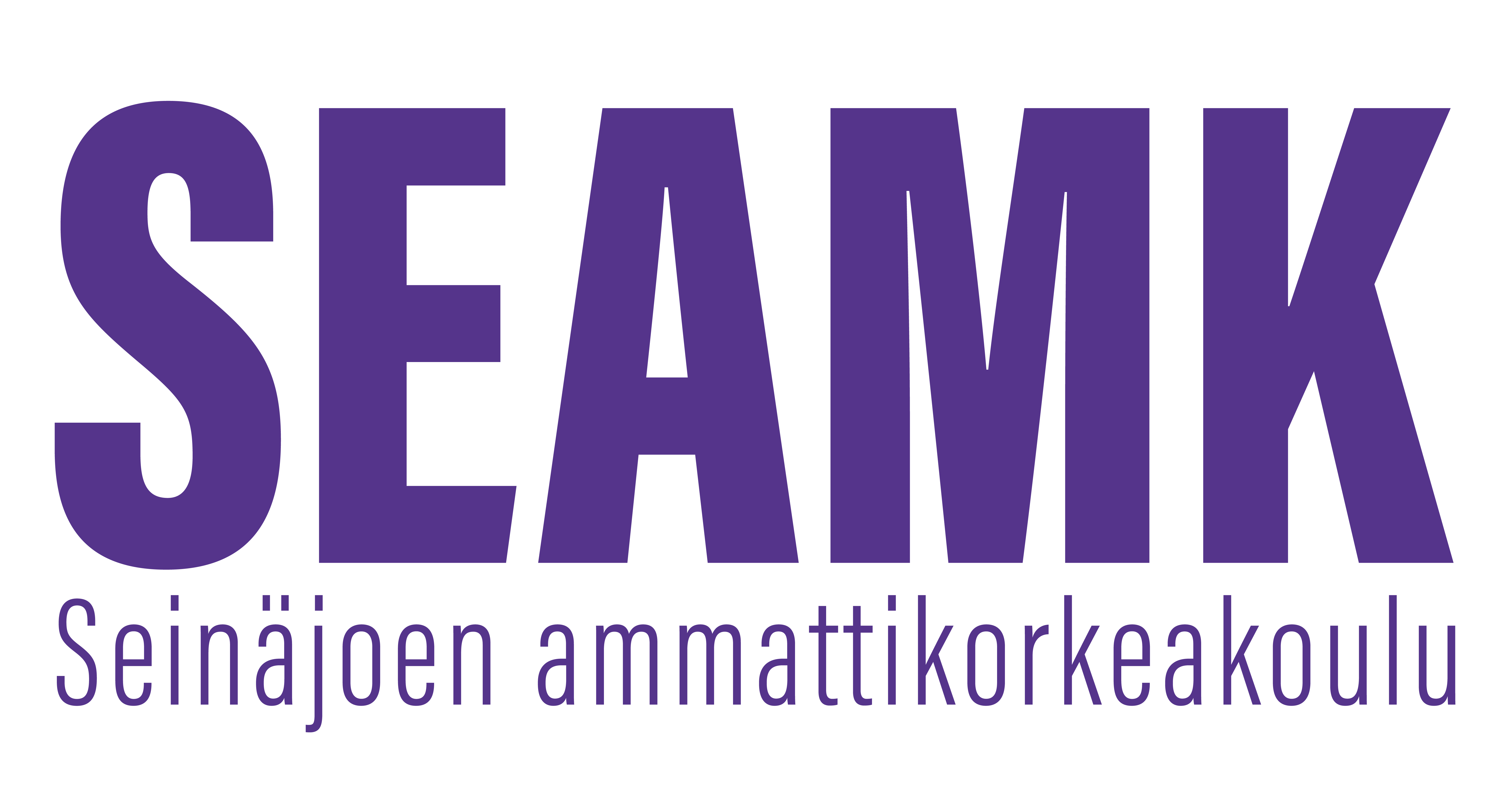Electrical Engineering (4op)
Opintojakson tunnus: AE00CM53
Opintojakson perustiedot
- Laajuus
- 4 op
- Opetuskieli
- englanti
Osaamistavoitteet
After completion of the course, students will understand the factors influencing electric properties and know how to explain them. They will able to mathematically solve basic problems associated with direct current circuits and alternating current circuits.
Sisältö
- Electodynamics
- DC and AC circuits calculations. (Kirchoff current and voltage law)
- Electrical circuit measurement in theory
- Three-phase systems
Esitietovaatimukset
Electrical and thermal physics
Arviointikriteerit, tyydyttävä (1)
Student is able to use quantities and units of electrostatics. Student is able to analyze the accuracy of the results obtained and solve simple problems which resemble exemplary problems given during the course.
Arviointikriteerit, hyvä (3)
In addition to previous, student is also able to utilize the basic laws of electrostatics and justify the solutions.
Arviointikriteerit, kiitettävä (5)
Student has a comprehensive understanding of the basic laws in electrostatics, the interrelations between the laws and utilization of them in problem-solving. Student is fluent in analyzing problems and justifying the solutions.
